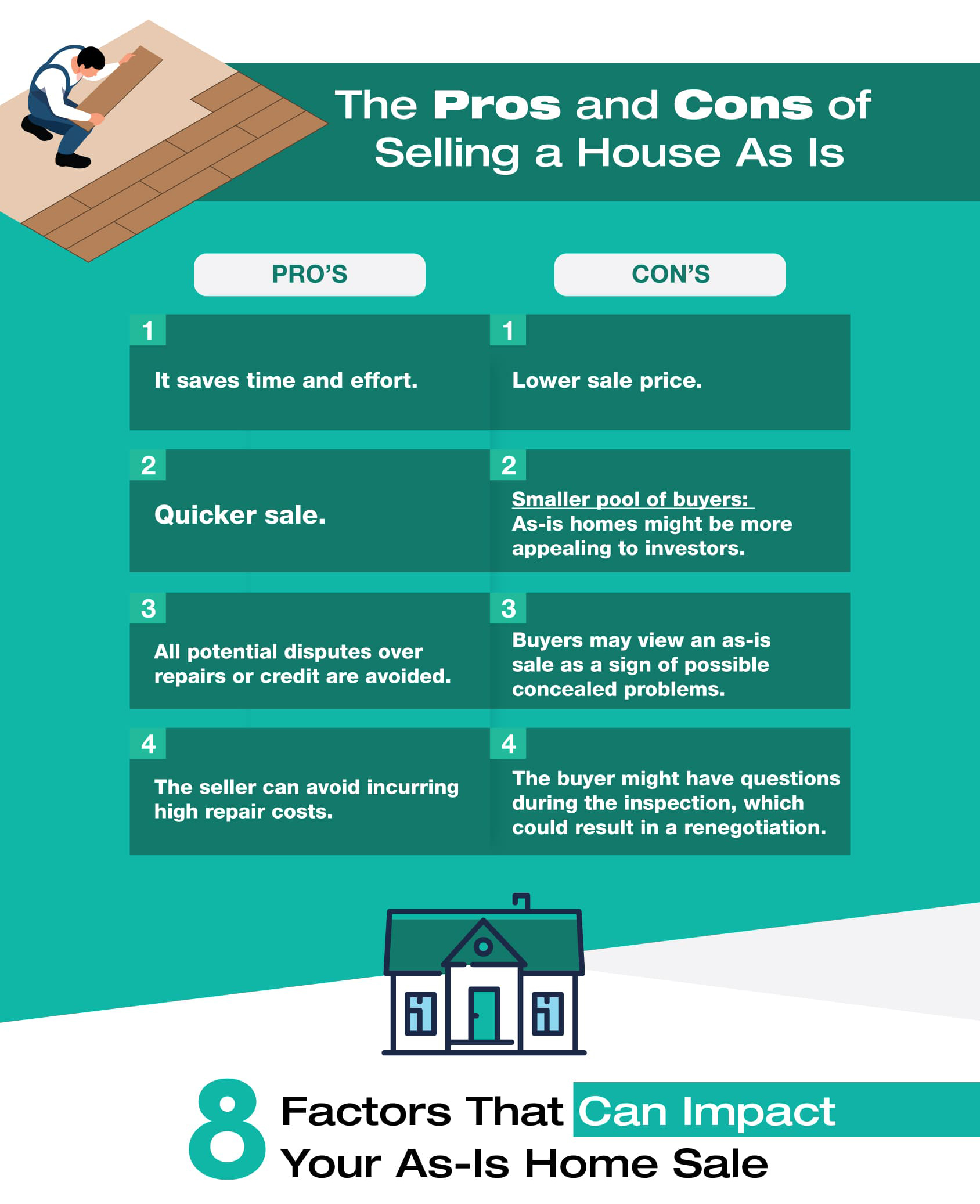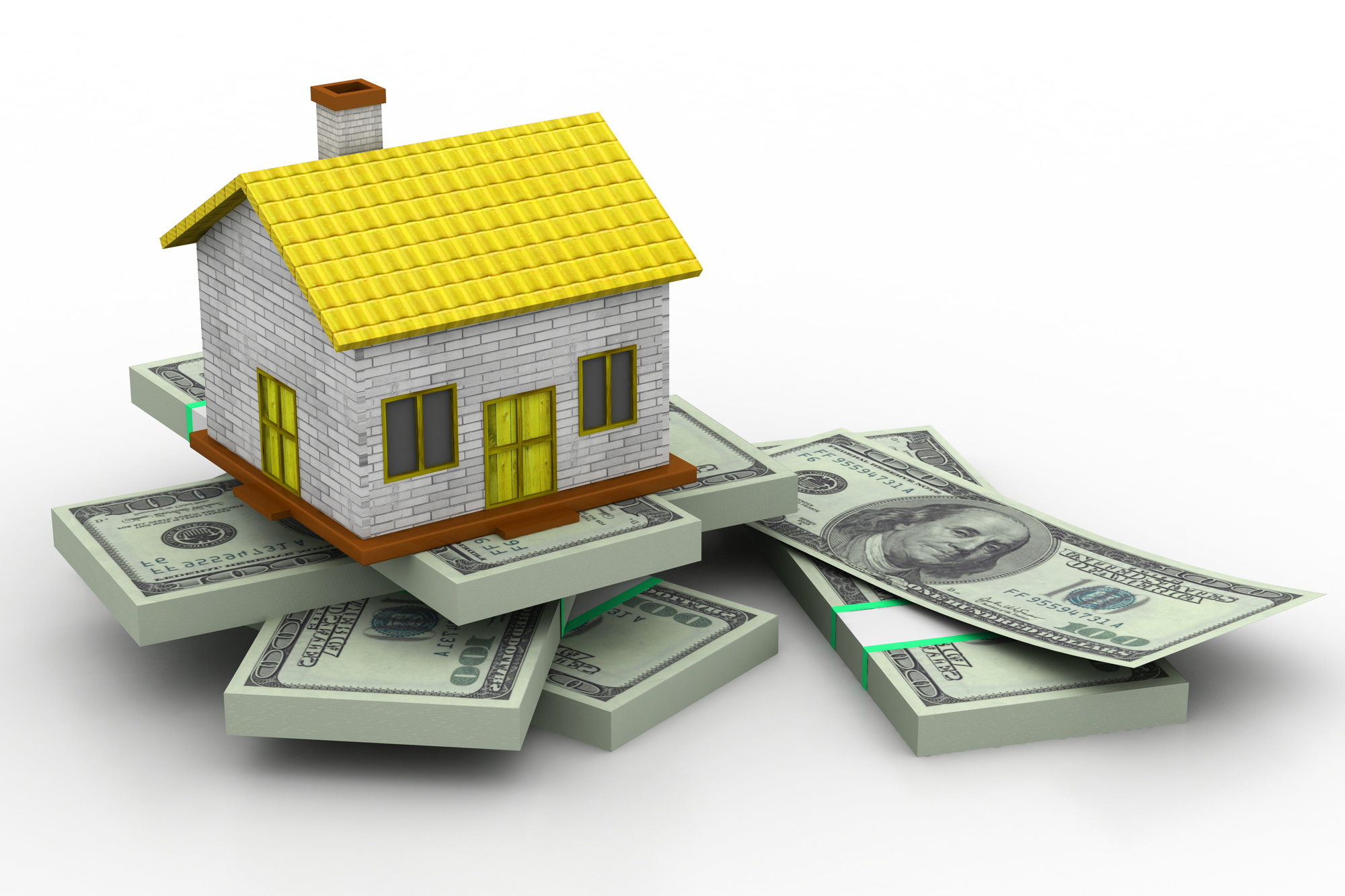


You might have to accept a lower price if you choose to sell a house “as is.”
There is no universal solution. Your sales price and earnings will be influenced by the state of your home, the state of the neighborhood, and the negotiation prowess of your agent.
We will be highlighting potential losses and giving you the information you need to make an informed choice, from negotiations to repairs.
How much do you lose selling a house as is?

If you decide against making repairs, renovations, or cosmetic changes, this could discourage purchasers and result in lower bids.
Additionally, purchasers can interpret an “as-is” transaction as an indication of unresolved problems, which would prompt further price haggling.
The location and the market can also affect the possible loss. However, you can reduce these losses by using appropriate price methods, efficient marketing, and transparency.
Selling a home as is example
However, you decide to sell the house as is and set the price accordingly due to several faults like aged fixtures, worn-out carpets, and an old HVAC system. Taking into account the expected cost of the repairs and improvements that prospective buyers would have to make, you decide on an asking price of $250,000.
A buyer exhibits interest in your home during the marketing and negotiation process who is expressly looking for a property with renovation potential. They are aware of the location’s worth and its potential for growth with the appropriate upgrades.
After some back and forth, the buyer offers $235,000 while taking the required renovations and repairs into account. Even though it’s less than your asking price, you accept the deal because it saves you money and time to sell the house as-is rather than make repairs.
Let’s now examine the possible losses in this situation. Let’s say it would have cost you about $20,000 to make the house marketable if you had invested in modifications and repairs. You save that money if you decide to sell the item as-is.
Your net profit from the sale, based on the accepted offer of $235,000 ($235,000 minus the $20,000 in anticipated repair costs), would be $215,000. This is $85,000 less than the house would be worth on the open market if it were in pristine shape, which would be $300,000.
It’s crucial to keep in mind that this example does not account for elements like the state of the local market, the length of the market, or real estate agent costs. These factors may also influence the final financial result of an as-is property sale.
You can decide whether to sell your house as is by crunching the numbers, carefully weighing the expenses and potential losses, and making an informed choice. It’s crucial to compare the convenience and savings with the potential drop in sale price before deciding which option best suits your needs and objectives.

Why do investors pay less for an as-is home?
2. Investors take on additional risks when buying as-is properties since they can run into unforeseen problems while renovating them. They modify their offers to account for this unpredictability.
3. Time and Effort: Investors are aware that it will take more time, effort, and knowledge to turn as-is properties into valuable investments. They take into account the resources they must allocate and modify their offers as necessary.

Offer Price (70% ARV): This column displays the potential offer price that an investor might make, which is commonly determined as being 70% of the property’s ARV. The cost of renovations, repairs, and prospective investor profit margins are all factored into this offer price.
The table illustrates how an investor may modify their offer price considering the property’s after-repair value (ARV) using the figures from the example. The investor can factor in market conditions, desired profit margin, and potential repair expenses with the offer price at 70% of the ARV.

The pros and cons of selling a house as is

8 Factors that can impact your as-is home sale
1. Property Condition: The as-is sale heavily depends on the state of your house. Significant repairs, structural problems, or serious cosmetic flaws may lower the perceived value and turn away buyers.
2. Market Conditions: The performance of your as-is sale might be impacted by the general real estate market conditions, including supply and demand. You can encounter more competition and possibly lower offers in a buyer’s market, where there are more houses for sale than there are possible buyers.
3. Pricing Strategy: It’s important to choose the appropriate asking price. Pricing your as-is house too high or too low could turn away potential buyers or cost you money. An ideal price can be established with the assistance of a thorough market analysis and experienced real estate advice.
4. Location: Your property’s appeal and possible buyer interest may be impacted by its location. The as-is sale may be influenced by elements including the property’s proximity to services, schools, transit, and the reputation of the community.
5. Marketing and Presentation: A well-presented and effective marketing campaign can greatly increase interest in your as-is home. Professionally taken images, virtual tours, and showcasing the property’s potential can draw in more purchasers and possibly result in greater offers.
6. Disclosure and Transparency: Potential buyers can develop trust by feeling confident about their home’s condition and by receiving the essential disclosures. Expectations can be managed and future problems can be avoided with clear communication about recognized difficulties.
7. Buyer Perception: How buyers view as-is sales can differ. While some could view it as a chance to personalize and add value, others might view it as a danger and take that into account when making their offer. Your plan may be affected by the sale’s outcome if you comprehend the buyer’s point of view.
8. Negotiation abilities: As-is selling requires effective negotiation with prospective purchasers. Effective negotiating can result in win-win agreements, whereas weak negotiation may lead to lesser offers or transaction failure.
In conclusion, listing a house “as is” has benefits and drawbacks. Avoiding repairs and renovations can be convenient and time-saving, making it a desirable alternative for sellers looking for a more streamlined and quick selling process. The potential influence on the sale price must be taken into account, though, as as-is homes frequently sell for less than their market worth because of their state.
The success of an as-is house sale is significantly influenced by several variables, including the property’s condition, market conditions, price strategy, location, marketing initiatives, transparency, buyer perception, and negotiation abilities. Sellers can increase their chances of getting the desired result by carefully weighing these aspects and adopting a strategic strategy.
In the end, selling a house “as is” necessitates a careful assessment of the property’s condition, knowledge of the local market dynamics, and successful marketing and negotiation techniques. A real estate expert can offer insightful advice and direction at various stages of the process.
Selling a home as is can be a good alternative if you’re searching for convenience, have a limited amount of time, or want to avoid the trouble of repairs. You can confidently move through the as-is home sale process and achieve your desired results by analyzing the benefits and drawbacks, taking into account potential effects, and making well-informed decisions.

